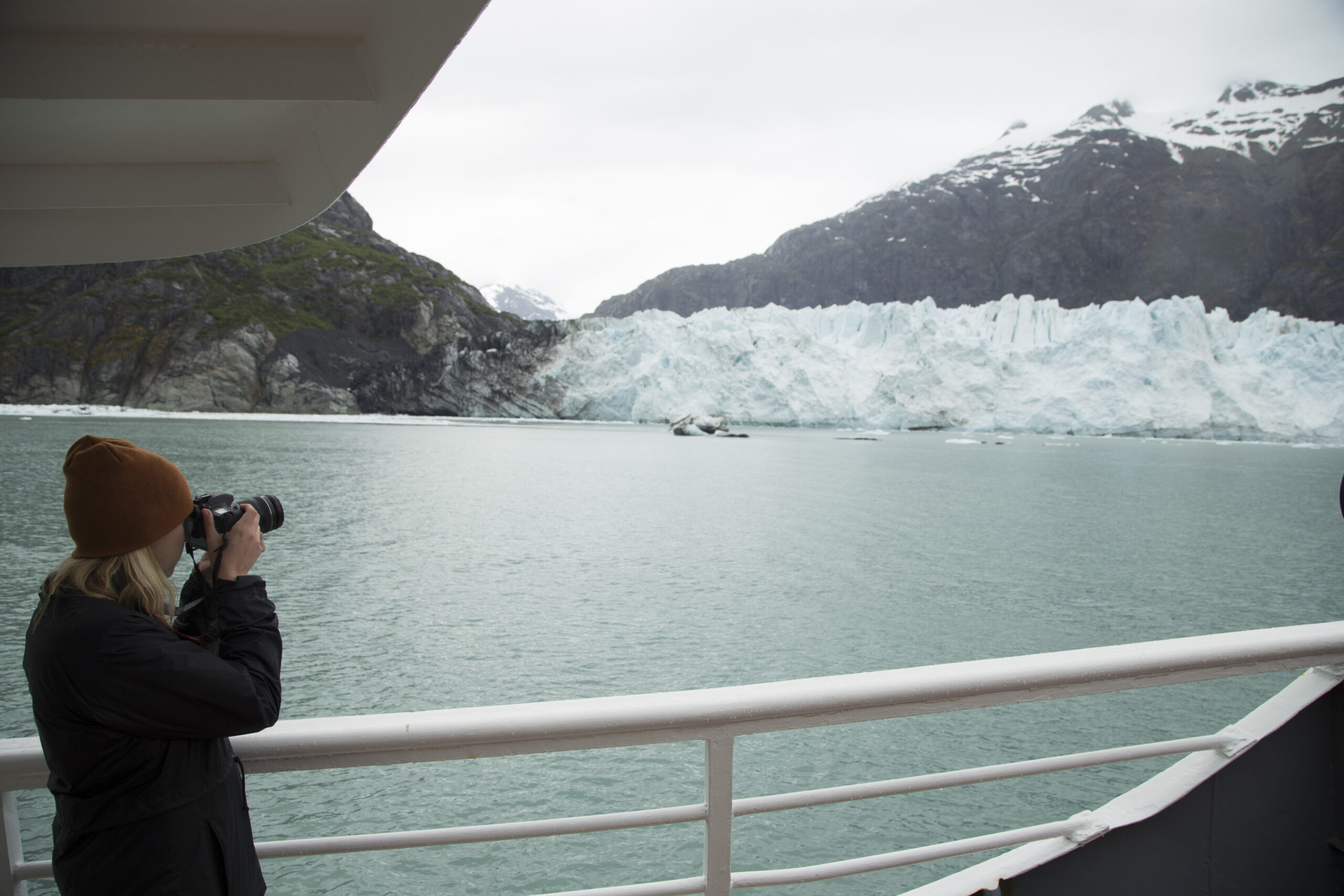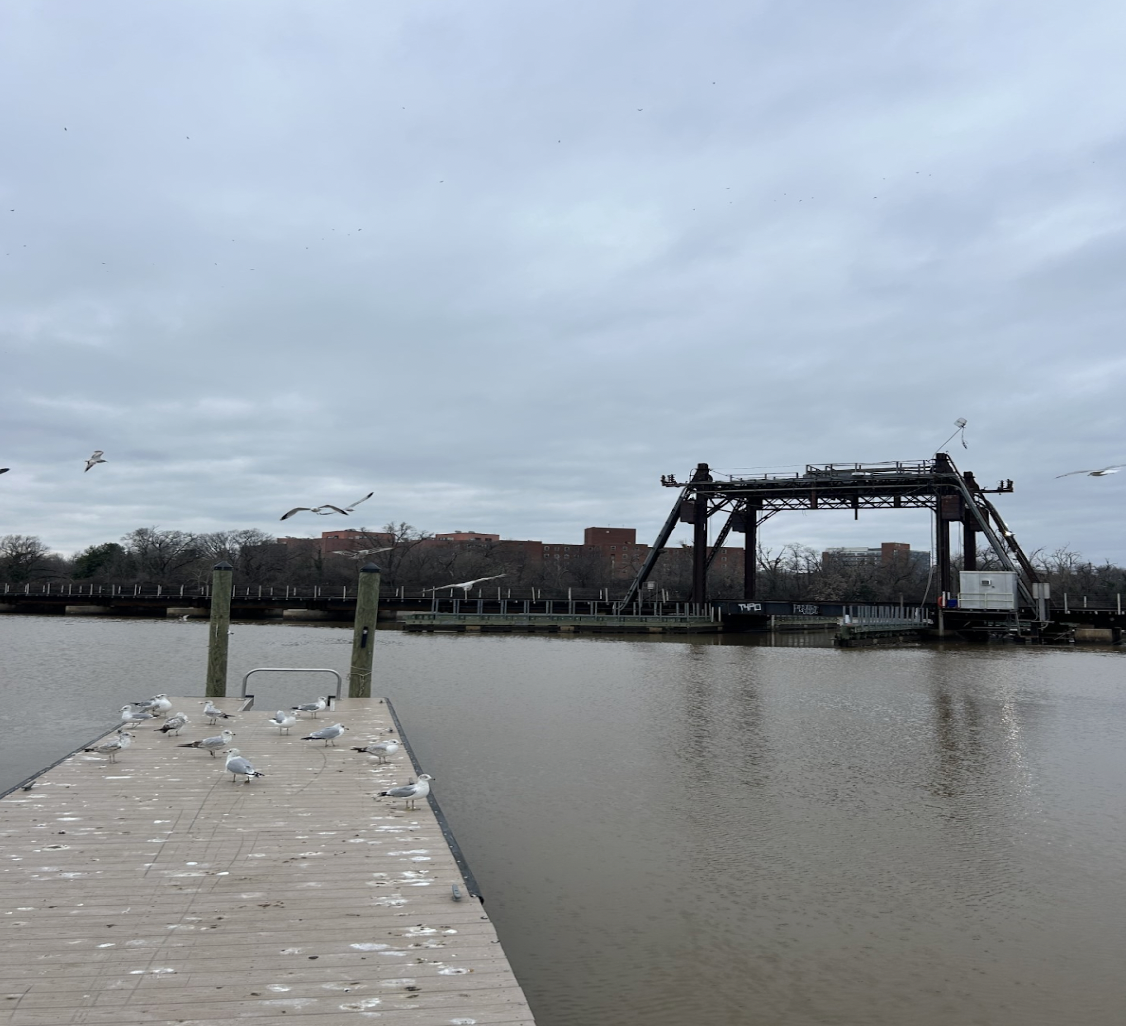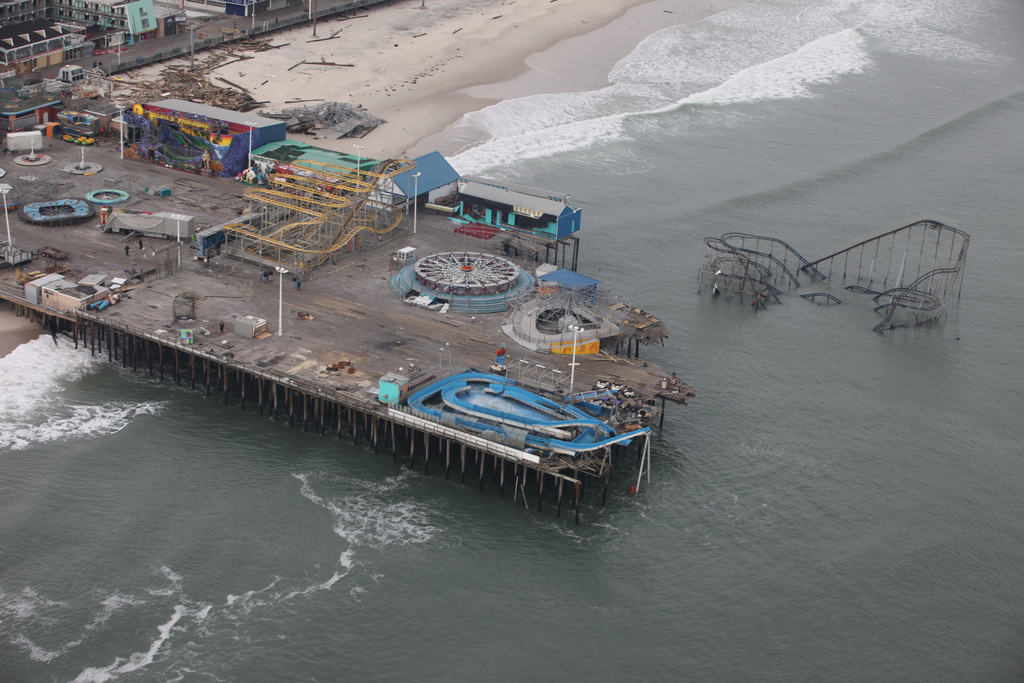
My Threatened Hometown Treasure: The Jersey Shore

As a native of central New Jersey (Exit 9 on the Turnpike), much of my upbringing has been spent on the Jersey shore. When I was younger, my relatives used to own a beach house right along Point Pleasant, a popular family beach town about an hour south from my house. Each summer, my dad would drive us all down to Point Pleasant for a weekend getaway. As soon as we arrived, I was always so anxious to get down to the beach. My mom would typically sprawl on the warm sand and read her magazines while my dad and I would dig sand ditches and glide through the ocean waves on our boogie boards. Afterwards, we would head to the boardwalk where I would play some of the featured games, like the basketball shot challenge, and then visit the Jenkinson’s Aquarium, where I loved to see sharks as long as 15 feet swim right by my head.
The Scenarios: Bad & Worse
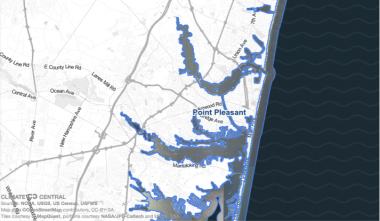
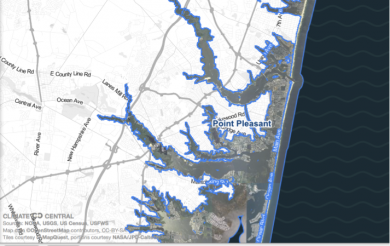
The diagram presents two scenarios. Scenario A (top) shows the area below +1 ft sea level rise projected by 2020. Scenario B (bottom) shows the area below +8 ft sea level rise projected by 2100. From Scenario A to Scenario B there is about a 70 to 80 percent increase in the population, homes, and acres underneath the projected sea level rise. Source: Climate Central
As I grew older, I continued to visit beaches on the Jersey shore with my school friends, including Seaside Heights, also known for its family boardwalk. When Hurricane Sandy struck the Jersey Shore in the fall of my sophomore year of college, I was shocked that a storm of that magnitude could strike so close to home. It was a huge reality check, turning on the television and seeing the aftermath aerial images of Seaside Height’s Jet Star Roller Coaster sucked into the ocean waters. For me, Hurricane Sandy changed the meaning of the beach from a relaxing vacation setting to an area of vulnerability, similar to what the movie, Jaws, did for swimmers on the beach.
When all of the rebuilding efforts were finally completed, Sandy had left a deadly record and emotional hardships on all those living in or near the area. One-hundred-and-fifty people lost their lives. About 650,000 homes were damaged or destroyed and it was the most expensive storm since Hurricane Katrina. It also was the first time I became seriously worried about the impacts of global climate change.
Although single hurricanes are not directly caused by climate change, global warming can enhance the intensity of hurricanes through sea level rise and warmer temperatures. Over the past century, sea levels have risen over a foot on the Jersey Shore, largely due to human induced climate change. Additionally, the intensity, frequency, and duration of hurricanes have all increased since the early 1980s. These factors placed 40,000 more people in New Jersey in Sandy’s destructive path.
This is frightening not just for people living near the Jersey Shore but also for the sustainability of the Shore itself. As much as I would like to chalk this up to a tragic anomaly, I am too concerned about the vitality of a place that holds some of my most cherished childhood memories to not be affected. Sandy is a hard smack to our American consciousness, signaling to us that more must be done to protect these vulnerable beach areas.
Most states have implemented adaptation measures, but this will not save us from the worst effects of global warming. By 2100, Sandy-level flooding could occur once a year across the Jersey Shore. Time is running out. We cannot just sit on the sidelines hoping for our team to win. We need to be actively engaged on curbing global CO2 emissions. This will move us toward a virtuous goal of leaving the world in a healthier condition from where we left it, not one that threatens the people and places we most treasure. Climate science has afforded us a great opportunity to preserve these areas and the meaning, such areas like the Jersey shore, have had for many others and myself. Let’s keep this possible for future generations.
Eric Osman is a senior at The George Washington University majoring in Journalism and Mass Communication with a minor in Economics.


